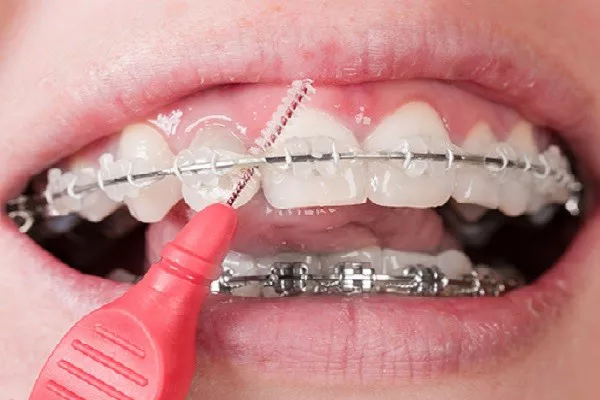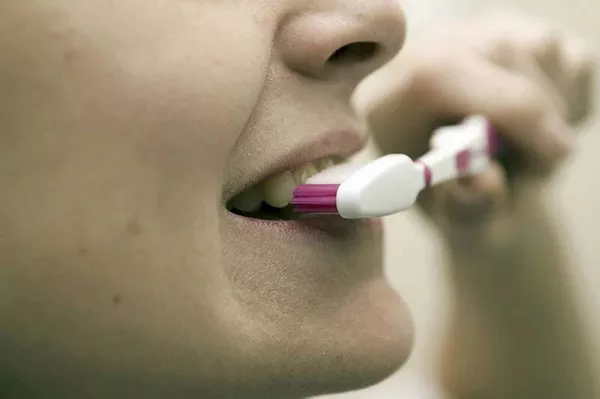If you have lost one or more of your teeth, you may be considering different options for restoring your smile. One popular solution is partial dental implants. In this article, we will cover what partial dental implants are, how they work, their advantages and disadvantages, candidacy requirements, types of partial dental implants available, and the procedure involved.
Part 1: What Are Partial Dental Implants?
Partial dental implants are artificial teeth that are anchored into the jawbone with a titanium post. These posts act as an artificial root and provide a secure foundation for the replacement tooth or teeth.
Part 2: How Do Partial Dental Implants Work?
The implant is surgically inserted into the jawbone where it is left to bond with the bone over several months. Once the implant has fused with the bone, an abutment is added which connects the implant to the replacement tooth. The replacement tooth is then either screwed or cemented into place on top of the abutment.
Part 3: Advantages of Partial Dental Implants
- Improved Appearance: Partial dental implants look, feel, and function like natural teeth. They are designed to match the exact shape, size, and color of your existing teeth, making them virtually indistinguishable from the surrounding teeth.
- Improved Speech: Missing teeth can affect your speech and pronunciation. Partial dental implants can help improve your speech by providing stability and support to the remaining teeth.
- Improved Comfort: Unlike dentures or bridges, partial dental implants are permanently fixed in the mouth. This means that they do not move around and they feel more comfortable than other options.
Part 4: Disadvantages of Partial Dental Implants
- Cost: Partial dental implants can be more expensive than other tooth replacement options, such as dentures or bridges. However, the cost can vary depending on the number of teeth being replaced and the complexity of the procedure.
- Surgery: Partial dental implants require surgery to place the implant into the jawbone. While the procedure is minimally invasive, some people may experience discomfort or pain during and after the procedure.
- Healing Time: It can take several months for the jawbone to fuse with the implant, which means that there is a healing period before the replacement tooth can be attached. This can delay the overall treatment time.
Part 5: Caring for Partial Dental Implants
- Oral Hygiene: It is important to maintain good oral hygiene to prevent infection around the implant site. This includes brushing twice a day, flossing daily, and visiting your dentist regularly for check-ups and cleanings.
- Avoiding Certain Foods: Hard and sticky foods can damage the implant or dislodge the replacement tooth. It is recommended to avoid these types of foods or cut them into small pieces before consuming.
- Regular Check-ups: Your dentist will monitor the health of your implant and make sure that it is functioning properly. They may also recommend X-rays to ensure that the bone is still healthy around the implant.
Part 6: Candidacy Requirements for Partial Dental Implants
- Good Oral Health: Candidates for partial dental implants must have good oral health and healthy gums. Any existing dental problems should be treated prior to implant placement.
- Sufficient Bone Density: There must be enough bone density in the jaw to support the implant. If there is not sufficient bone, bone grafting may be required.
- Non-Smoker: Smoking can increase the risk of implant failure, so candidates for partial dental implants are typically non-smokers or willing to quit smoking.
Part 7: Types of Partial Dental Implants
- Endosteal Implants: This type of implant is placed directly into the jawbone and is the most commonly used type of dental implant.
- Subperiosteal Implants: These implants are placed under the gum but above the jawbone. They are often used when there is not enough bone density in the jaw to support an endosteal implant.
- Zygomatic Implants: These implants are anchored in the cheekbone and are used when there is not enough bone in the upper jaw to support traditional implants.
The Partial Dental Implant Procedure
- Consultation: Your dentist will evaluate your oral health and determine if you are a candidate for partial dental implants.
- Implant Placement: The titanium post is surgically inserted into the jawbone and left to bond with the bone over several months.
- Abutment Attachment: Once the implant has fused with the bone, an abutment is attached to the post to connect the implant to the replacement tooth.
- Replacement Tooth Attachment: Finally, the replacement tooth or teeth are attached to the abutment to complete the procedure.
Conclusion
Partial dental implants are an effective solution for restoring missing teeth. They offer many advantages, such as improving appearance, speech, and comfort. However, they also come with some disadvantages, including cost and the need for surgery. It is important to discuss all of your options with your dentist to determine if partial dental implants are the right choice for you.
If you decide to move forward with the procedure, it is crucial to maintain good oral hygiene and attend regular check-ups with your dentist. There are different types of partial dental implants available, and your dentist can recommend which one will work best for your specific needs.
Overall, partial dental implants can provide a natural-looking, long-lasting solution for missing teeth. With proper care and maintenance, partial dental implants can improve your overall quality of life by enhancing your smile, speech, and self-confidence.
Related Topics:










![Cosmetic Dentistry Market Size, Share | Global Report [2032]](https://www.padmel.com/wp-content/uploads/2025/04/Cosmetic-Dentistry-Market-Size-Share-350x250.webp)





















